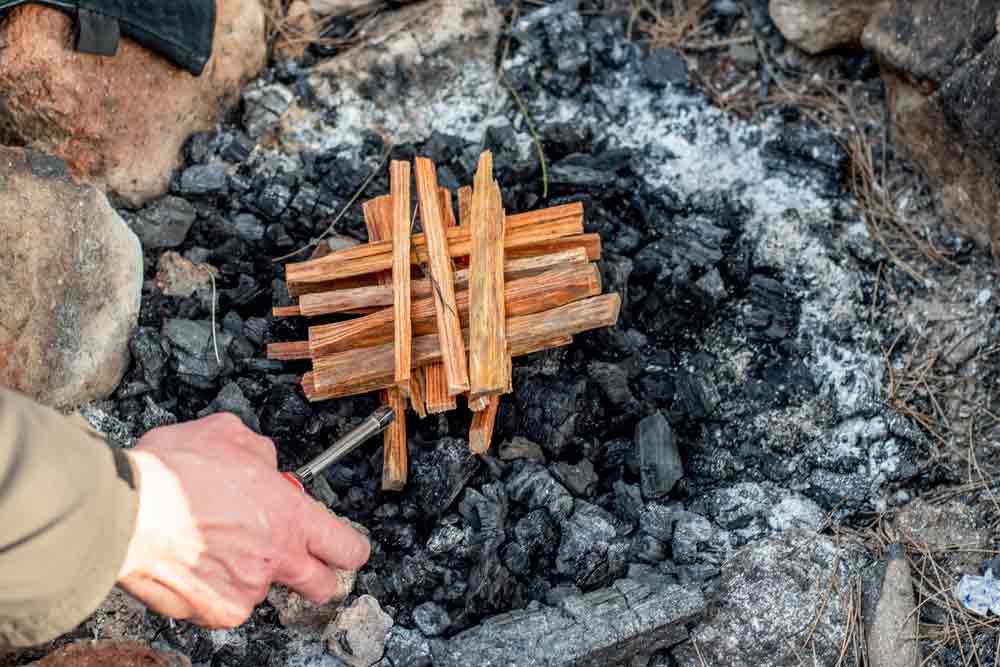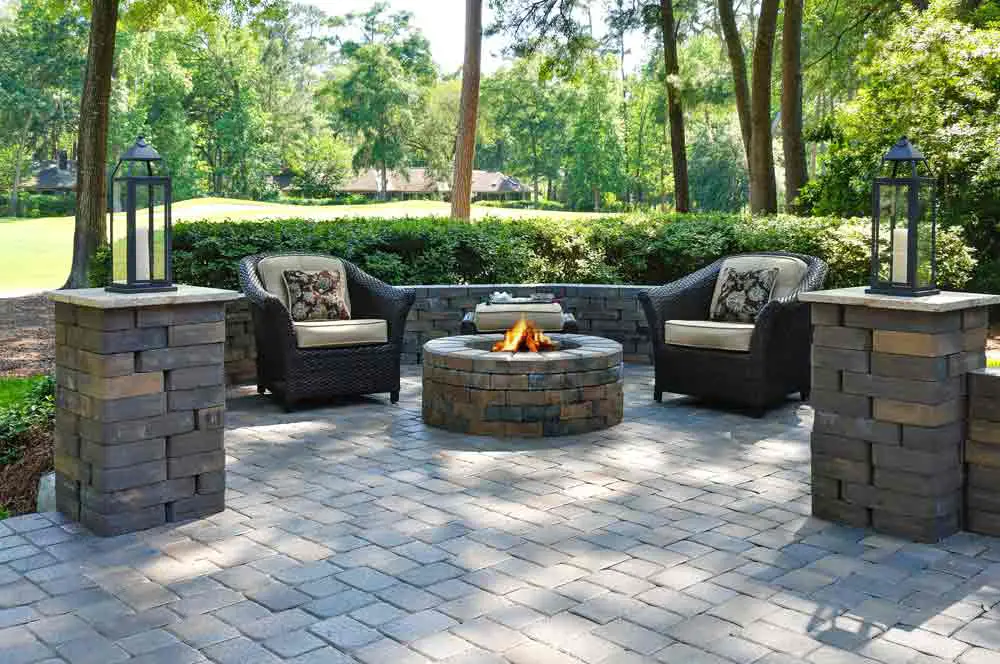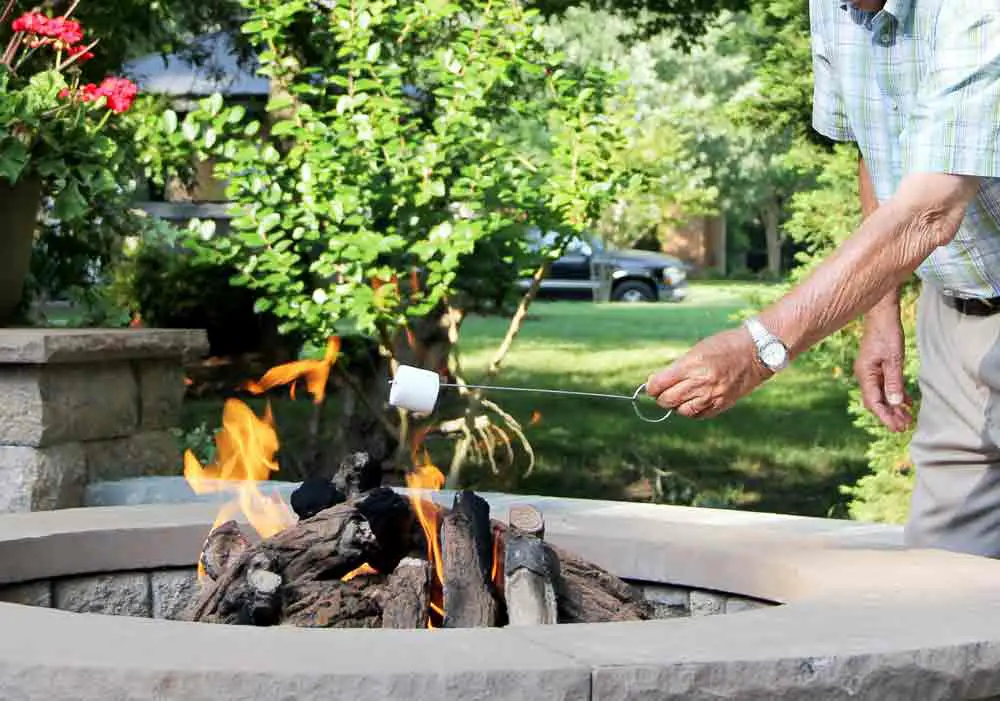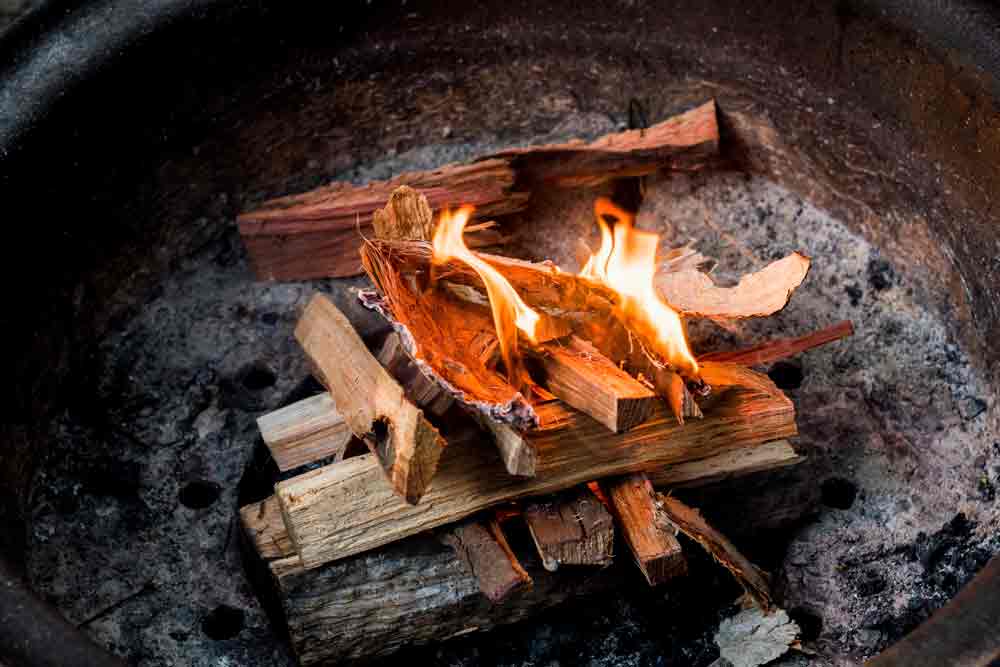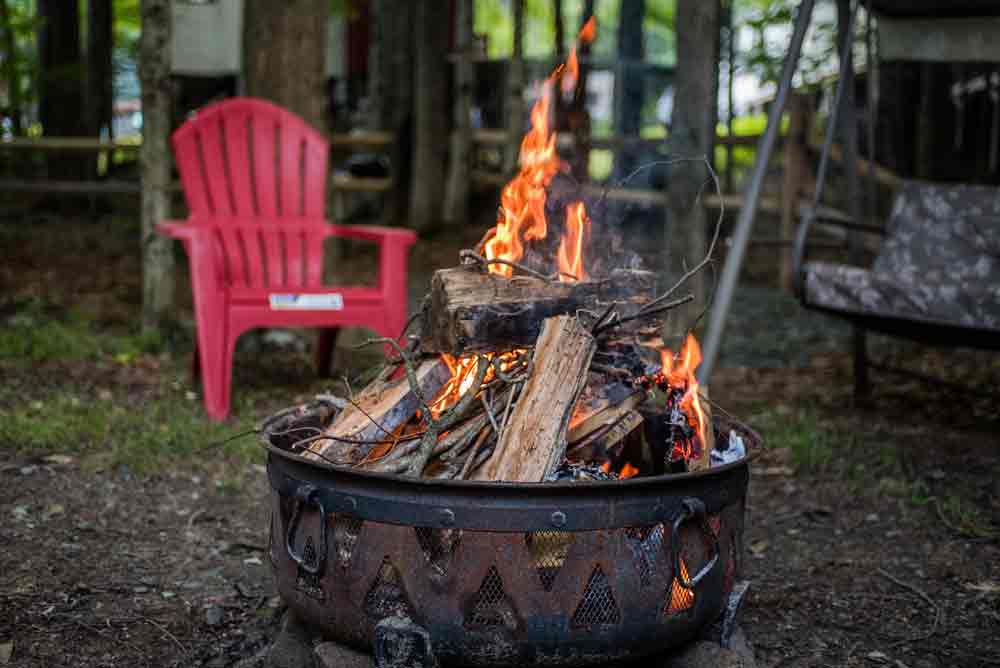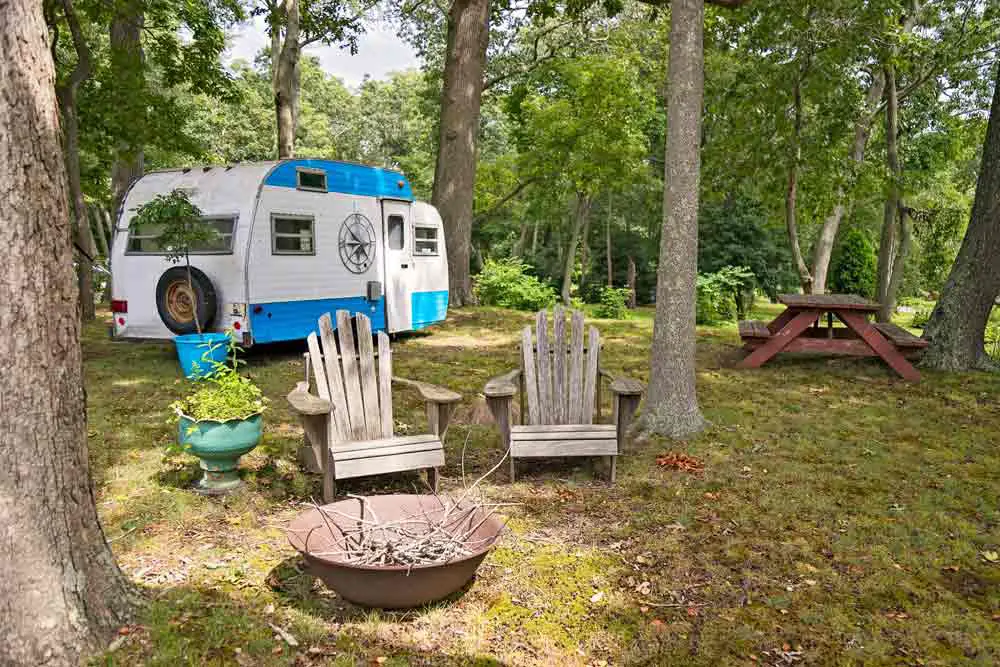Can Wood Be Too Old to Burn? Burning wood is a great way to create heat and light in a home, but getting the right wood for burning can be challenging. Wood can become too dry or too old to burn effectively, which makes it difficult to use as an effective fuel source. If wood gets too dry, it may not produce enough heat and smoke to be effective. Additionally, if the wood is too old, it may contain toxins that can cause health issues when burned. To ensure that you are getting fresh and safe burning wood, buy from a reputable supplier and regularly inspect your firewood before using it.
The 10 Tips for Properly Storing Firewood
- Ensure the wood is completely dry before storing it.
- Place the wood in a location that provides adequate airflow, airflow open space, or a covered shed.
- Choose a location away from areas where water can collect and avoid exposure to outside elements as much as possible.
- Elevate the firewood off the ground, so it does not come into contact with moist soil or standing water.
- Split the logs you plan to use to reduce drying time and improve burning performance in the future.
- Cover your firewood with a plastic tarp to keep moisture out and discourage pests from nesting there.
- Rotate your supply of firewood periodically to prevent insects from infesting it, and don’t keep too much wood at once (less than one full cord).
- Inspect your wood regularly for signs of mold or mildew growth, which could indicate moisture build-up inside the pile, and the regular presence of bugs like beetles or ants, which could show infestation issues elsewhere in your home or yard environment .
- Make sure that all types of pests, especially rodents, are kept away from your stored firewood by using traps if necessary .
- Make sure not to purchase treated lumber, such as pressure-treated pine or cedar products, when replenishing your firewood stock since these treatments typically contain toxins that may be harmful when burned.
The 6 Factors that Determine Firewood’s Lifespan
- Type of wood: Hardwoods like oak, walnut, and hickory tend to have longer burning lifespans than softer woods such as pine or poplar.
- Moisture content: Properly seasoned firewood should have moisture levels around 15%-20% for optimal performance and lifespan.
- Storage environment: Firewood should be stored in a dry location away from outside elements, elevated off the ground, and covered with a tarp for best results.
- Species of insects: Certain insects can cause deterioration more quickly than others; it is essential to inspect your wood regularly and take precautions against infestation when possible.
- Size of the fuel pieces: Smaller pieces of firewood will burn faster than larger pieces, so it’s best to split logs into smaller sizes before use to maximize their longevity when burning them over multiple nights.
- Quality of air supply and heat source within the home: Poor air circulation or an efficient stove/fireplace can reduce the lifespan of burning firewood by causing smoke buildup and decreasing heat transfer for a given piece of fuel.
Is Seasoned Wood Better than Fresh Logs?
Generally, seasoned firewood is better than fresh logs for burning. Seasoning allows water to evaporate out of the wood, thus reducing the moisture content and improving its performance when burned. This also reduces smoke buildup since all combustible material has faded out of the wood rather than burning off when it is burned in a stove or fireplace. Additionally, seasoned firewood typically burns hotter and more efficiently than green firewood, meaning you will get more heat output per fuel weight when using dry wood.
Can Logs Be Too Dry to Burn?
Yes, logs can be too dry to burn. If the moisture content of firewood is below 15%, it can become difficult to light and may generate minimal heat even when it does ignite. This can make burning the wood more inefficient, as more time and effort are needed to maintain a flame, and there will be less heat output per fuel weight. It is best to keep firewood at a moisture content between 15%-20% for optimal performance and lifespan.
Will Old Rotten Wood Burn?
Yes, old rotten wood will burn. However, it is not recommended as the wood usually contains mold spores, fungus, and insects that produce smoke when burned and have an unpleasant odor. Additionally, it may be difficult to light due to its low density and moisture content. When burning old rotten firewood, it is essential to have proper ventilation to prevent harmful airborne particles from entering the home.
How Many Years Does Firewood Last?
Firewood can last up to two years, depending on the type of wood and how it is stored. Most woods, such as oak and maple, will last longer when correctly seasoned and covered to protect against environmental conditions. Firewood should be stacked off the ground in a dry location away from moisture, direct sunlight, and wind to ensure its longevity.
How Long Does It Take for Firewood to Season?
It typically takes 6 to 12 months for firewood to season and be ready for burning. During this time, the moisture in the wood will evaporate and reduce its density, making it easier to burn while releasing less smoke and pollutants. To help speed the seasoning process, firewood should be stored away from moisture sources in a dry area with good air circulation.
Can Firewood Go Bad?
Yes, firewood can go bad if it has been exposed to moisture or is not stored correctly. Firewood will start to rot and mold, making it unsuitable for burning. Additionally, pests like insects and mice may invade firewood that must be covered or stored correctly. To avoid having firewood go bad, it should be kept away from moisture sources and covered to protect against environmental conditions.
Would You Like to Split Firewood?
Yes, it is usually necessary to split firewood before burning. Splitting the wood with an axe or maul helps to create more uniform pieces that will burn more evenly and effectively. Additionally, splitting the wood increases air circulation, which helps to improve combustion.
Can Dead Wood Burn?
Yes, dead wood can burn. Depending on the condition of the wood (how dry it is, etc.), it may burn differently than freshly cut logs. Deadwood has less water content and generally will burn faster and hotter. It is essential to ensure that all debris and dirt are removed from the wood before burning, as they can release toxic fumes.
What Do You Do with Rotting Wood?
Rotting wood should not be used for burning, as it can contain harmful toxins and chemicals. Instead, rot-resistant wood such as cedar can be used to create pathways and other landscaping features or recycled into compost or mulch. It is also possible to use rotting wood to construct furniture and art pieces using a process known as log building.
How Old Does Wood Have to Be to Burn?
All wood can be used for burning, regardless of age. However, older wood may be more difficult to ignite and may produce more smoke.
Can You Burn 20-Year-Old Treated Wood?
Yes, treated wood can be burned at any age. However, ensuring that the wood has been properly sealed and is free from contamination is essential. Burning treated wood may also produce more smoke than untreated wood, so it is necessary to take safety precautions when lighting a fire.
Conclusion
In conclusion, wood can be burned at any age, but it is essential to ensure that it has been properly sealed and is free from contamination. Burning treated wood may also produce more smoke than untreated wood, so exercising caution when lighting a fire is essential for safety reasons.

